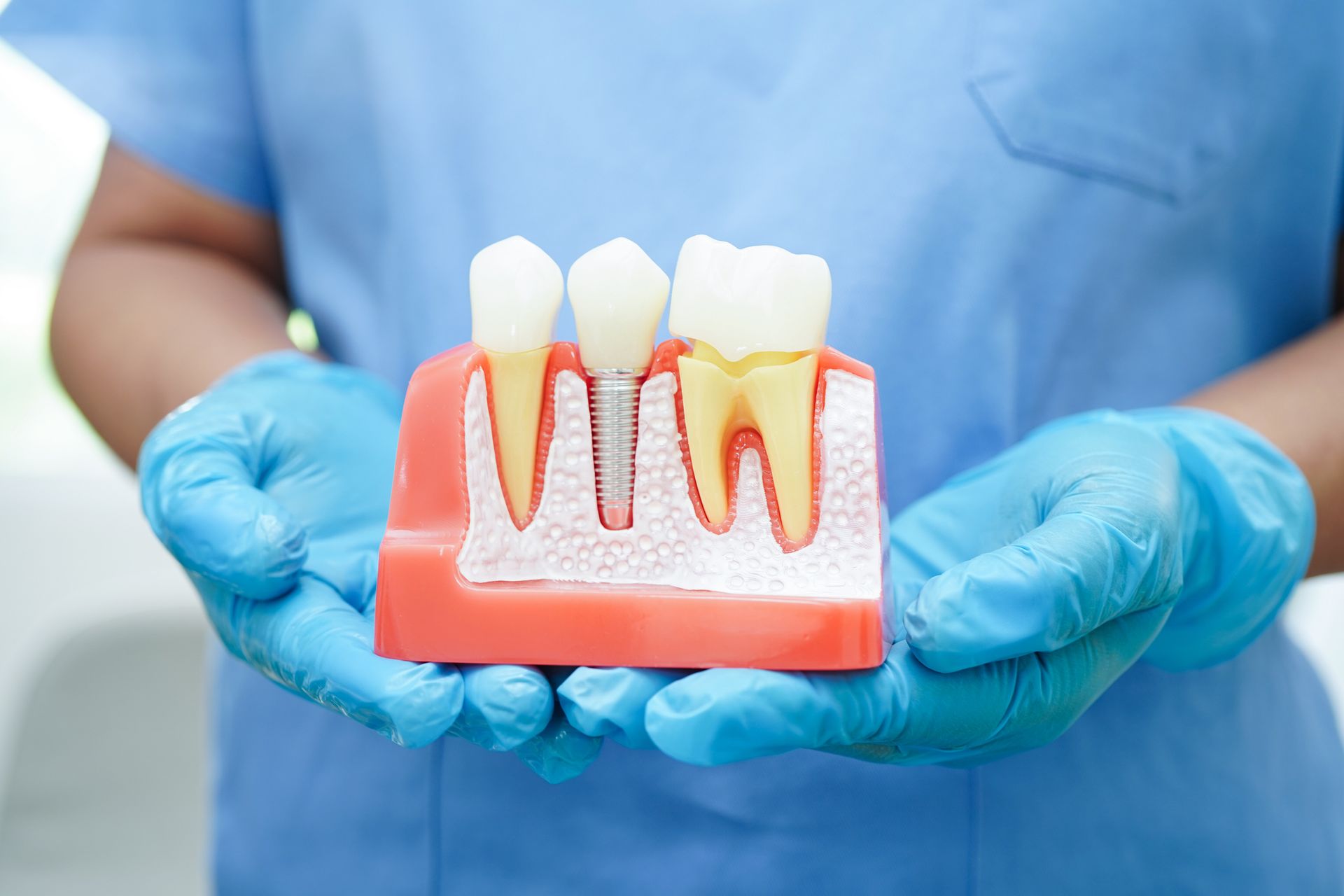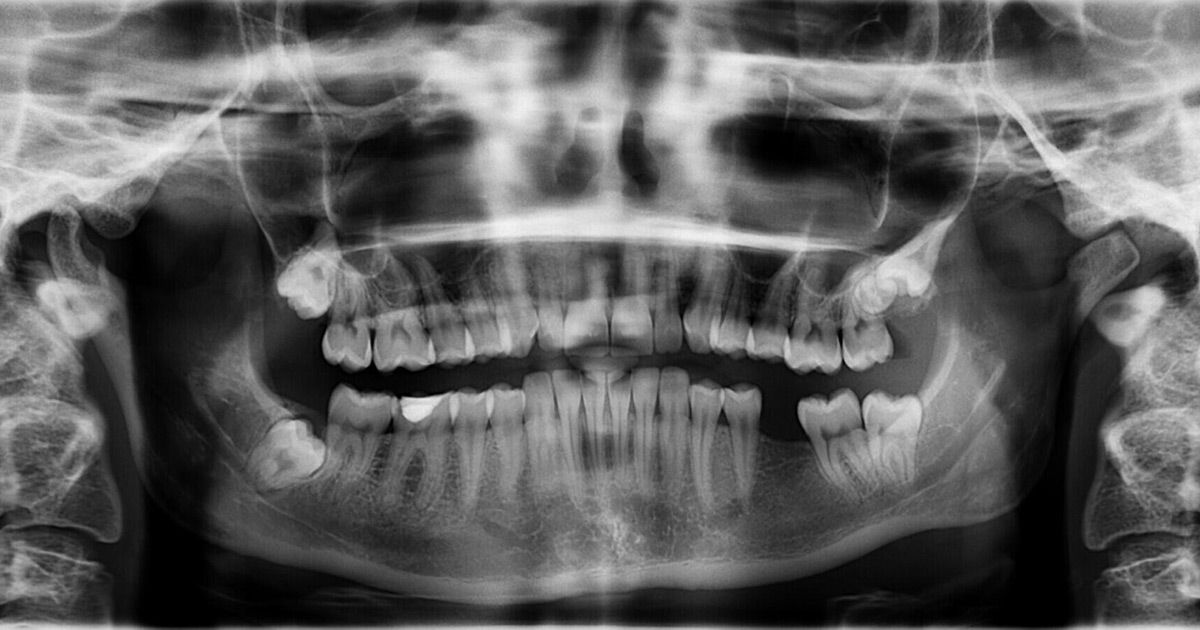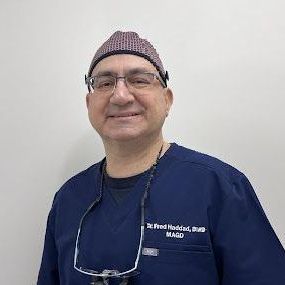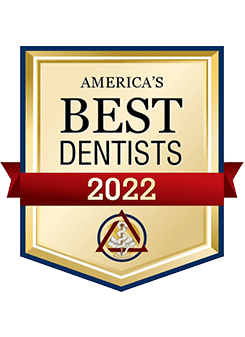How Malocclusion Affects Oral Health and Overall Well-Being
The position of your teeth impacts health. Here's how different malocclusion types impact oral health and your overall well-being. Read more in this guide.
It's estimated that around 3.7 billion people suffer from oral health issues, according to the World Health Organization. Many of these are bite-related, as well.
Waking up with jaw pain or struggling to chew certain foods might not seem connected at first. Yet these small issues often point to deeper alignment problems.
Different malocclusion types affect more than how your teeth look, and they change how your mouth functions and how you feel each day. This guide walks through the ways these bite issues can impact both oral health and general well-being.
Understanding the Scope of Bite Irregularities
Some people don't realize they have a bite problem until it starts affecting their daily life. The shape of your jaw and how your teeth meet can change the way you chew or even breathe. These irregularities can appear early or develop over time.
Mild cases may seem harmless, but they often lead to more substantial complications if ignored. A closer look at dental alignment reveals how much it influences overall function and comfort.
When Jaw Structure Disrupts Daily Function
Crooked or
crowded teeth can cause more than cosmetic concerns. They can make it harder to maintain oral hygiene and may increase your risk of long-term damage.
Certain patterns show up across
common cases of misalignment. These usually include:
- Frequent jaw or tooth pain
- Uneven wear on teeth
- Difficulty chewing or biting into food
- Clicking or popping in the jaw
- Increased tooth sensitivity
When these issues build up, they often lead to chronic strain on the teeth and jaw muscles.
Signs That Point to a Deeper Problem
Headaches or grinding during sleep can often be traced back to bite problems. When teeth are out of place, the pressure shifts and triggers issues throughout the face and neck.
Many people go years without linking these signs to their bite. Early evaluation makes it easier to correct the issue before symptoms get worse. Dental
malocclusion causes discomfort that spreads beyond the mouth.
Why Misaligned Teeth Can Lead to Discomfort
The constant pressure from poorly aligned teeth can
wear down enamel and strain your jaw joints. That can affect how you sleep or rest your jaw during the day. Painful chewing becomes a daily problem when teeth don't work together.
Small misalignments often lead to larger shifts in the bite. Treating them early
prevents damage that becomes harder to reverse.
Consequences That Reach Beyond the Mouth
Poor bite alignment doesn't stay confined to
your teeth. Over time, it starts to affect how you feel and function in your day-to-day life.
People often report headaches or a lack of energy tied to jaw pain. Some even notice trouble focusing or a decline in sleep quality. Fixing these issues starts with understanding how much
your bite shapes your health.
When Everyday Tasks Become a Challenge
When your teeth don't line up properly, daily activities can start to feel more difficult. Simple actions like biting into a sandwich or brushing thoroughly might become frustrating. Some common struggles include:
- Trouble cleaning between teeth
- Slurred or unclear speech
- Jaw fatigue from talking
- Avoiding hard or chewy foods
- Feeling self-conscious while eating
Even routine moments can feel awkward when your bite gets in the way.
The Role of Genetics and Habits in Alignment Issues
Some people inherit a narrow jaw or irregular bite from their parents. Others develop alignment problems through their behavior. These small actions can
shift teeth over time and change how the jaw grows.
Early intervention can stop the damage from progressing. Knowing where the problem starts helps target the right malocclusion treatment.
Options That Address the Root of the Problem
Treatment depends on how severe the misalignment is and what caused it. Dentists may
recommend braces or surgery, depending on the circumstances.
In many situations, early planning leads to better results. Common solutions include:
- Clear aligners for minor adjustments
- Traditional braces for moderate correction
- Retainers to hold teeth in place
- Jaw expanders for growing patients
- Orthognathic surgery for severe cases
Every option focuses on restoring natural balance and preventing future damage.
Steps Professionals Use to Correct the Issue
A thorough exam is the first step toward fixing your bite. Dentists check how your teeth fit together and how your jaw moves. From there, they build a treatment plan designed around your
goals and needs.
These steps work best when done early, before damage becomes permanent. Clear communication and regular follow-up make the process smoother and more effective.
What Lasting Results Can Look Like
Correcting a bite problem changes more than your smile. It brings better function and more confidence in daily life.
Many patients report stronger chewing and fewer headaches once alignment is fixed. A strong outcome depends on early action and consistent care. Learning how to fix malocclusion starts the path toward long-term relief.
How to Find the Right Dentist
Finding
a dentist starts with knowing what matters most to you. Some people care most about comfort.
Others need specific services or flexible hours. Start by asking for recommendations and reading reviews. As you
research options, look for:
- Clean and modern facilities
- Clear communication and friendly staff
- Convenient office hours
- Accepted insurance plans
- Positive patient feedback
- Once you narrow it down, book a visit to get a feel for the environment. During that first visit, notice a few key things:
- How the team greets you
- Whether they explain procedures clearly
- If they ask about your concerns
- How clean and organized the space is
- Whether you feel rushed or listened to
Choosing the right dentist takes time, but it makes a long-term difference in your health and confidence.
Understand the Malocclusion Types
Learning about malocclusion types helps you take that first step toward lasting relief. Whether you're exploring treatment or trying to understand symptoms, the right information helps you move forward with clarity and confidence.
Sewell Dental Designs offers over 15 dental services, including Invisalign, implants, and preventive care, all under one roof. With 3D digital scans and personalized treatment plans, we prioritize your comfort and results. Schedule your $79
new patient visit and join hundreds in Gloucester County who trust us for lasting dental health.
Dr. Haddad
D.M.D
Dr. Haddad’s purpose at Sewell Dental Designs is to empower his patients so they can achieve and maintain excellent dental health and have a smile they are happy to show off. He decided on this path after receiving treatment from a competent and friendly dentist when he was a teen.
Dr. Haddad obtained his Bachelor of Science degree at George Mason University in Virginia and went on to earn his Doctor of Medicine in Dentistry degree (DMD) from Temple University Maurice H. Kornberg School of Dentistry.
Dr. Joanna
D.D.S
Dr. Joanna Haddad was born and raised in Lebanon and now resides in Philadelphia, PA. She speaks Arabic, French, and English fluently. Dr. Joanna earned her Doctorate of Dental Medicine from the University of Pennsylvania School of Dental Medicine, graduating with honors in Public Health. During her time in dental school, she was highly involved in various organizations and served as the Chapter President of the American Student Dental Association. She is also a proud member of the American Dental Association, American Association of Facial Esthetics and American student dental association.
Dr. Giesberg
D.D.S
Dr. Konstantina S. Giesberg, DDS, is a board-certified dentist anesthesiologist who has earned the privilege of becoming a Diplomate of the American Dental Board of Anesthesiology (DADBA).Dr. Giesberg obtained, with honors, her degree of Doctor of Dental Surgery (DDS) from the University of Buffalo, NY. She then completed her General Practice Residency in Dentistry at Wyckoff Heights Medical Center in Brooklyn, NY. Dr. Giesberg then furthered her studies at Wyckoff Heights Medical Center with a Specialty Program in Dental Anesthesiology, involving three years of concentration in deep sedation and general anesthesia.















